Gun Crazy/1950/King Brothers Productions/86 min.
It’s pretty much a given in film noir romance that red flags go unheeded and wake-up calls are ignored. An unforgettable example: the protagonist in Joseph H. Lewis’ groundbreaking noir “Gun Crazy” (1950) in which John Dall plays Bart Tare, a World War II vet who’s gifted with guns. After a circus clown tells Bart that he’s “dumb about women,” Bart simply shrugs and rushes off to do his femme fatale’s bidding, which in this case means robbing banks and living on the lam.
To be fair to Bart, however, this is a femme fatale like no other: rodeo performer Annie Laurie Starr (Irish actress Peggy Cummins) loves guns as much as Bart does but whereas he doesn’t want to kill anyone, she’s cool with that possibility. Blood-chilling and unfailingly bold, this svelte blonde ranks as one of the hardest women on the screen.
Cummins appeared last weekend at the TCM Classic Film Festival’s screening of “Gun Crazy” and spoke with Eddie Muller of the Film Noir Foundation. Muller described Cummins’ interpretation of Annie as “the most ferocious female performance in American cinema.”
Darryl Zanuck of 20th Century-Fox brought Cummins to Hollywood in 1945 – she was 98 pounds and had an 18-inch waist, she said.
When the opportunity arose to portray a bad girl for Lewis, Cummins said she was ready. “I loved the idea of it. The tendency was then if you’re a bit short, blonde and reasonably pretty, you were always playing rather pretty-pretty little parts. But this was a meaty part. I always wanted to play all the Bette Davis parts and I was never offered one. She was too good.
“An actor is always so thrilled to get a chance to play against what their character may be or the sort of person they are.”
It was Cummins’ most famous part (Dall is best remembered for this picture and 1948’s “Rope” by Alfred Hitchcock) and the film, as subversive as it is stylish, influenced directors for decades to come. In fact, it is one of the primary bridges between classic Hollywood movies and the French and American New Wave (Jean-Luc Godard’s “Breathless” from 1960 and 1967’s “Bonnie and Clyde” by Arthur Penn.)
Director Lewis was a solid B-movie director and, with A-list status eluding him, he took advantage of the freedom lower-budget Bs offered to experiment, innovate and break cinematic rules. In his time he was underrated but, because of his inventive style, he was rediscovered and praised by American and French critics in the ’60s.
In “Gun Crazy” when the pair robs the first bank, Lewis shot on location and used real people to play the bystanders. And leading up to the crime, Lewis (via cinematographer Russell Harlan) uses one long, unbroken shot taken from the backseat of the getaway car, from the criminals’ point of view, immersing the audience in the robbers’ subjective reality. During this scene, said Cummins, she and Dall improvised the dialogue.
MacKinlay Kantor and Dalton Trumbo, one of Hollywood’s finest scribes, wrote the screenplay based on a short story of Kantor’s. But when Trumbo was blacklisted, his work on this film was credited to Millard Kaufman.
Annie’s got some great lines, for example, when she explains her aspirations: “Bart, I want things, a lot of things, big things. I don’t want to be afraid of life or anything else. I want a guy with spirit and guts. A guy who can laugh at anything, who will do anything, a guy who can kick over the traces and win the world for me.”
Renamed “Deadly is the Female” for its British release, “Gun Crazy” is insanely good noir.
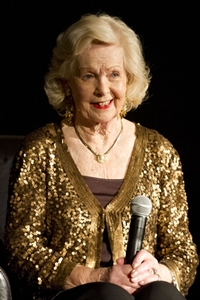
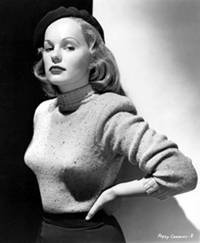
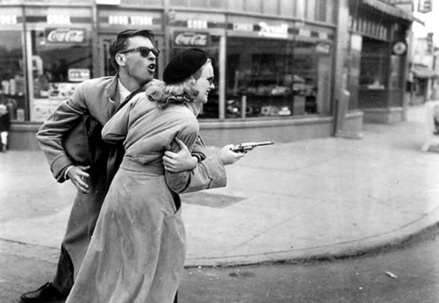
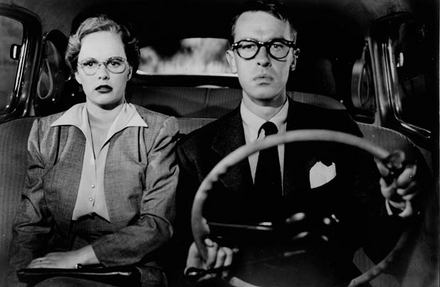





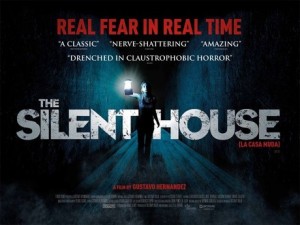





From FNB readers